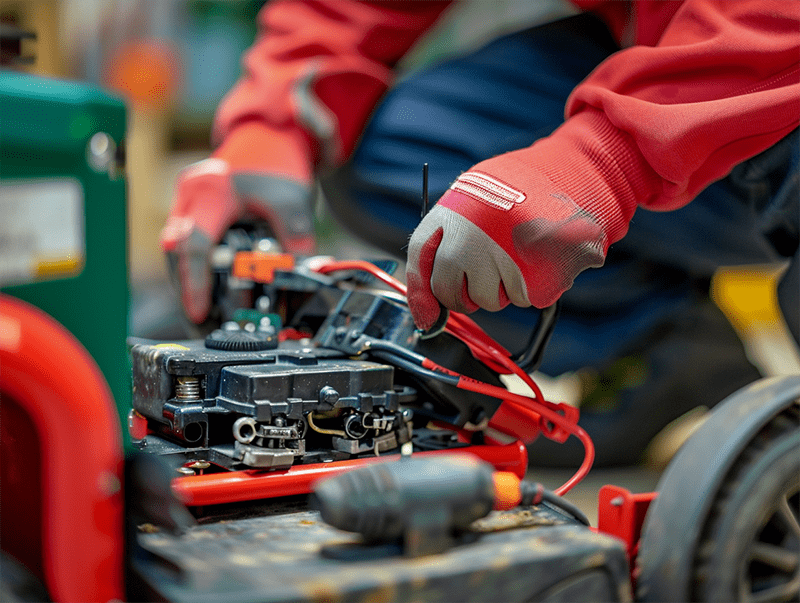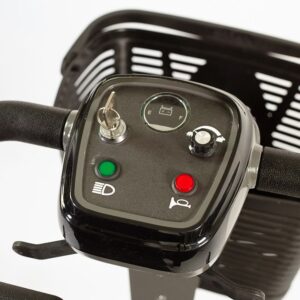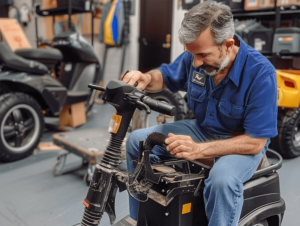Unveiling the Secrets of Mobility Battery Chargers: Testing and Troubleshooting Guide
Mobility scooters and mobility devices have become essential tools for many individuals, providing freedom and independence. However, to keep these mobility aids running smoothly, a critical component is often overlooked: the battery charger. Users occasionally encounter issues with their scooters or devices, suspecting charger faults as the culprit. In this article, we will delve into the workings of mobility battery chargers, guide you on how to test them, and help you understand the intricacies of these crucial devices.
Section 1: How Mobility Battery Chargers Work
Mobility battery chargers are the unsung heroes that breathe life into mobility scooters and mobility devices. They transform the electrical energy from your wall outlet into a charge that replenishes the batteries of your device. These chargers come in different varieties to cater to the various types of batteries, including lead-acid, gel, and lithium-ion. Selecting the right charger for your specific battery type is paramount to maintaining your device’s health.
Section 2: Tools for Testing Mobility Battery Chargers
To understand and troubleshoot mobility battery chargers, you need the right tools. Here are the essential instruments for the job:
Multimeter: This versatile device helps measure voltage, resistance, and current. For charger testing, you’ll mainly use the DC voltage setting to measure input and output voltage.
Clamp Meter: A clamp meter is used to measure electrical current. Clamping it over a wire allows you to measure the flow of electricity without disconnecting anything.
Continuity Tester: While we’re not focusing on troubleshooting faults in this article, a continuity tester can be a handy tool to check for circuit continuity and ensure all connections are secure.
Section 3: Testing a Mobility Battery Charger
Now, let’s walk through the process of testing your mobility battery charger. Here’s a step-by-step guide:
Checking Charger Connections: Start by ensuring all connections are secure. This includes the connection to the wall outlet and the connection to your device’s battery.
Measuring Input Voltage: Using your multimeter, set it to the DC voltage setting. Test the charger’s input voltage to make sure it’s receiving power from the wall outlet.
Testing Output Voltage: Continue using your multimeter to measure the output voltage. This tells you if the charger is delivering the correct voltage to your device’s batteries.
Using a Clamp Meter: If you have access to a clamp meter, you can use it to measure the charger’s current output. This will help determine how much current the charger is supplying to the batteries.
The Importance of Correct Settings: Make sure you’re using the correct settings on your testing tools. Incorrect settings can lead to inaccurate readings.
Section 4: Interpreting the Results
Understanding the readings from your tests is essential. If the charger is functioning correctly, you’ll see consistent input and output voltage, and the current measurements should be within the charger’s specifications. If any of these readings are significantly off, there might be an issue with the charger.
Section 5: Troubleshooting Charger Faults
If your charger fails the tests, it’s time to troubleshoot. Here are some steps to consider:
Check Fuses: Many chargers have fuses that can blow. Ensure the fuse is intact and working correctly.
Consider Replacement Options: If the charger is indeed faulty, it might be time for a replacement. Look for chargers compatible with your battery type.
Ensure a Proper Connection: Double-check all connections, both to the wall outlet and the battery, to ensure they are secure.
Seek Professional Assistance: If you’re unsure about the issue or unable to resolve it, consider consulting a professional who specializes in mobility device maintenance.
Mobility battery chargers are the lifelines of mobility scooters and mobility devices. Regular testing and understanding the operation of these chargers are essential for maintaining the health and reliability of your device. We hope this article has shed light on how to test your charger and interpret the results. By staying vigilant and proactive, you can ensure that your mobility device continues to provide the freedom and independence you rely on.




